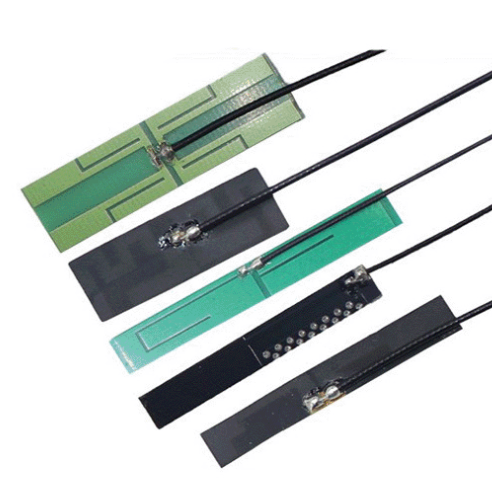Replacing PCB on-board antenna with external antenna
Introduction:
The development of wireless communication technology has revolutionized the way people communicate and share information. With the proliferation of mobile devices, there has been an increasing demand for more efficient and effective antennas. An early solution to this problem was the use of Printed Circuit Board (PCB) antennas. A PCB antenna is an antenna that is fabricated on a circuit board, providing a cost-effective and efficient solution without the need for external wiring. In this article, we will discuss in detail the working principles of a PCB antenna, including its design, materials, and application.

Working Principle:
A PCB antenna works on the principle of electromagnetic radiation, which involves the emission of electromagnetic waves from an antenna into the surrounding space. The electromagnetic waves generated by the antenna are caused by the flow of electrical current through the antenna. The PCB antenna is a microstrip patch antenna that is designed to be integrated into the PCB board of a device. Its design typically includes a metal layer on one side of the PCB board, which acts as the ground plane, and a layer of copper or aluminum on the other side, which forms the radiating element.
The radiating element of the PCB antenna can take different shapes, depending on the type of antenna and its application. The most common shapes are rectangular, circular, and elliptical. The size and shape of the radiating element are determined by the frequency of the electromagnetic waves that the antenna is designed to transmit or receive. For example, a rectangular-shaped radiating element is ideal for WiFi applications because it allows for a broad range of frequencies.
Design:
The design of a PCB antenna is based on the specifications and requirements of the device it is intended to be integrated into. The size and shape of the radiating element, the position of the ground plane, and the thickness and dielectric constant of the PCB board all play a crucial role in the performance of the antenna. The designer must take into account the frequency band of the antenna, its gain, and its radiation pattern.
One of the main advantages of a PCB antenna is its flexibility in design. The size and shape of the radiating element, as well as the orientation and position of the ground plane, can be easily altered to optimize the performance of the antenna for different applications. For example, a PCB antenna can be designed for specific frequency bands, such as the 2.4 GHz or 5 GHz frequency bands used for WiFi communication.
Materials:
The materials used in a PCB antenna are crucial to its performance. The dielectric constant of the PCB board determines the speed of the electromagnetic waves in the antenna, which affects its resonant frequency. A high dielectric constant increases the velocity of the waves and shifts the resonant frequency towards higher values. The thickness of the PCB board also has an impact on the performance of the antenna. A thinner PCB board results in a higher radiation efficiency and a broader bandwidth.
The material used for the radiating element can also affect the performance of the antenna. Copper and aluminum are commonly used because of their high conductivity and ease of fabrication. However, other materials such as gold and silver can be used for their better conductivity and durability.
Application:
PCB antennas are widely used in various applications, including WiFi, Bluetooth, GPS, and mobile communication devices. Their compact size and low cost make them an ideal choice for integrating into smart devices such as mobile phones and tablets. The use of PCB antennas in these devices allows for a more aesthetic design and reduced production cost.
Conclusion:
In conclusion, PCB antennas are an essential component of wireless communication systems. Their design, materials, and application all play a vital role in their performance. A deep understanding of the principles and factors that affect the performance of a PCB antenna is necessary to optimize its design and ensure its efficient operation. With the increasing demand for wireless communication devices, the development of more efficient and effective PCB antennas will undoubtedly continue.





